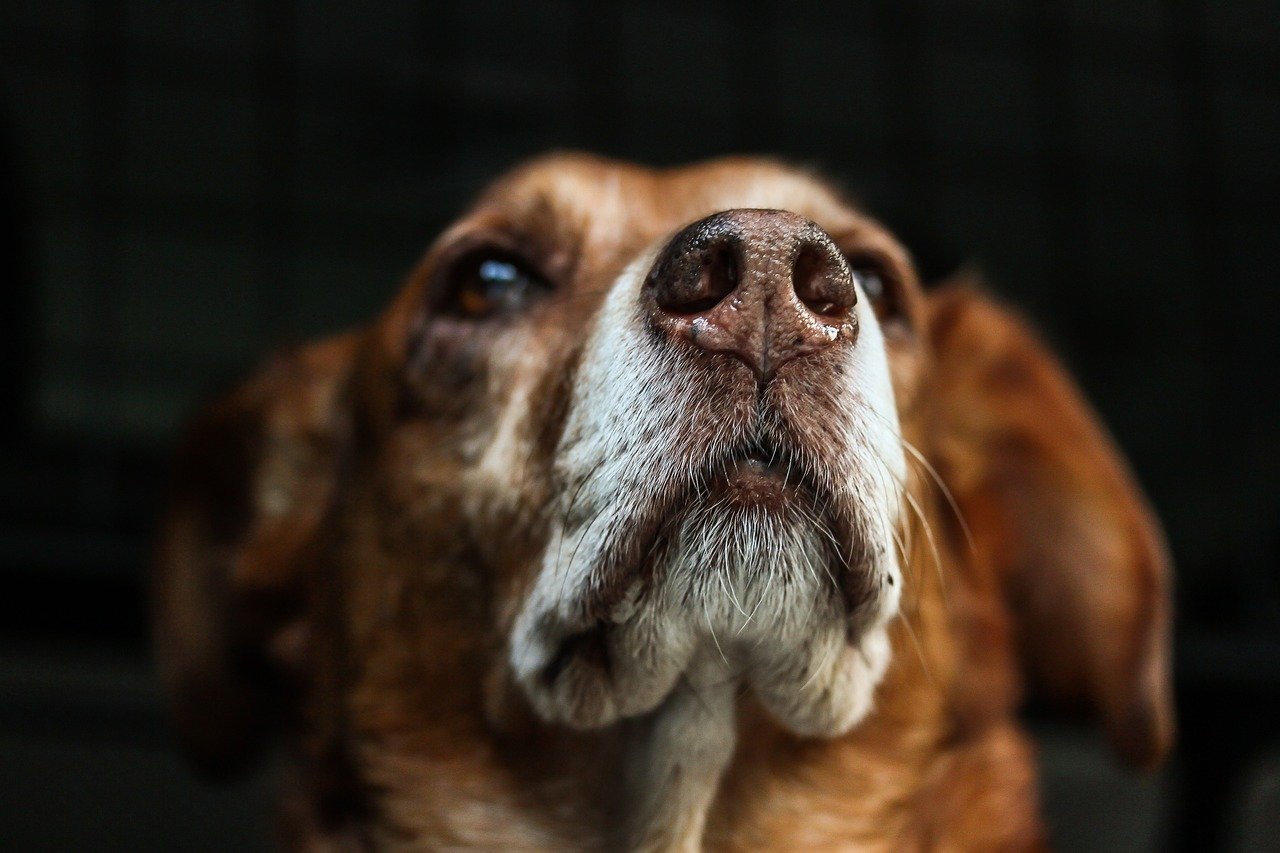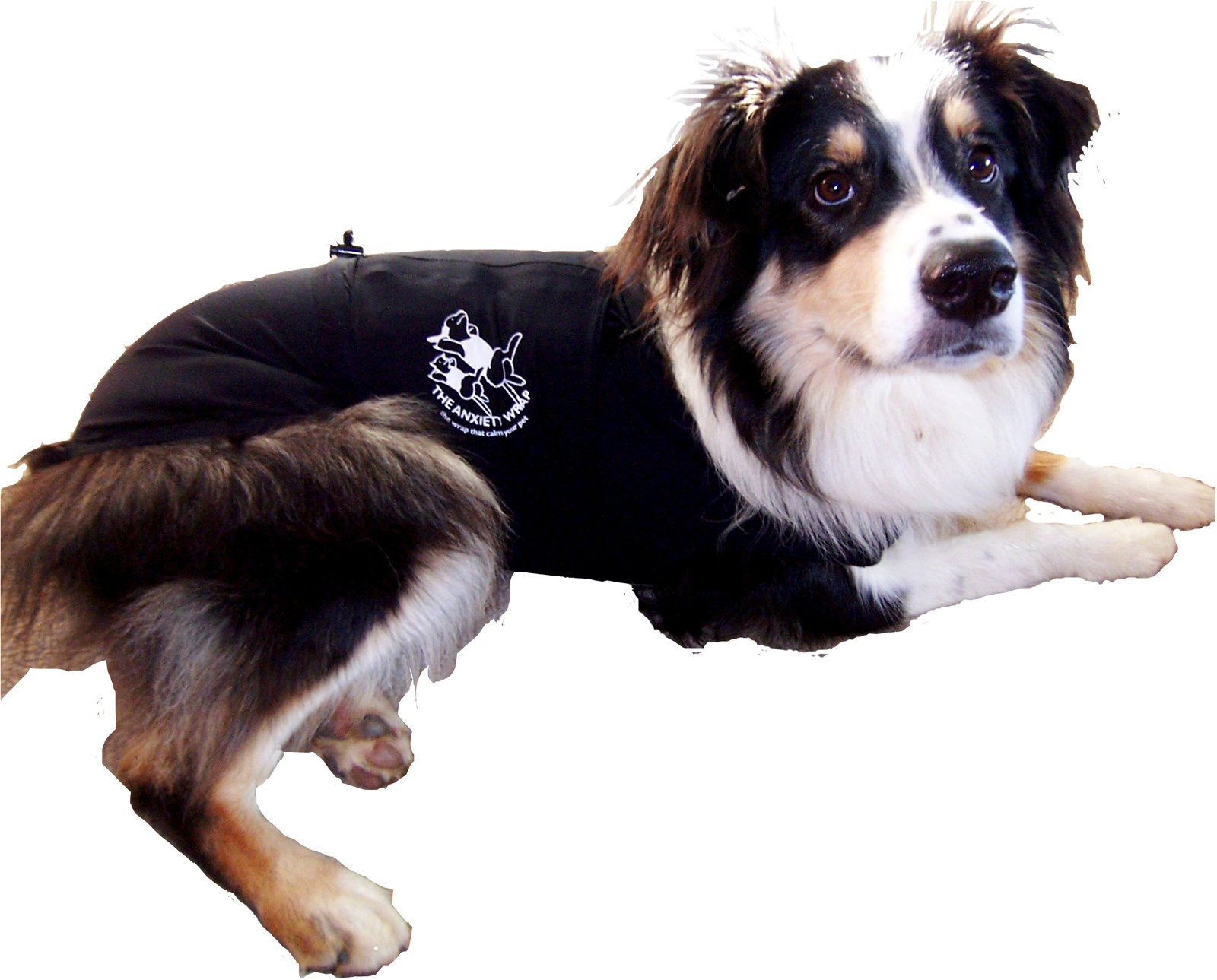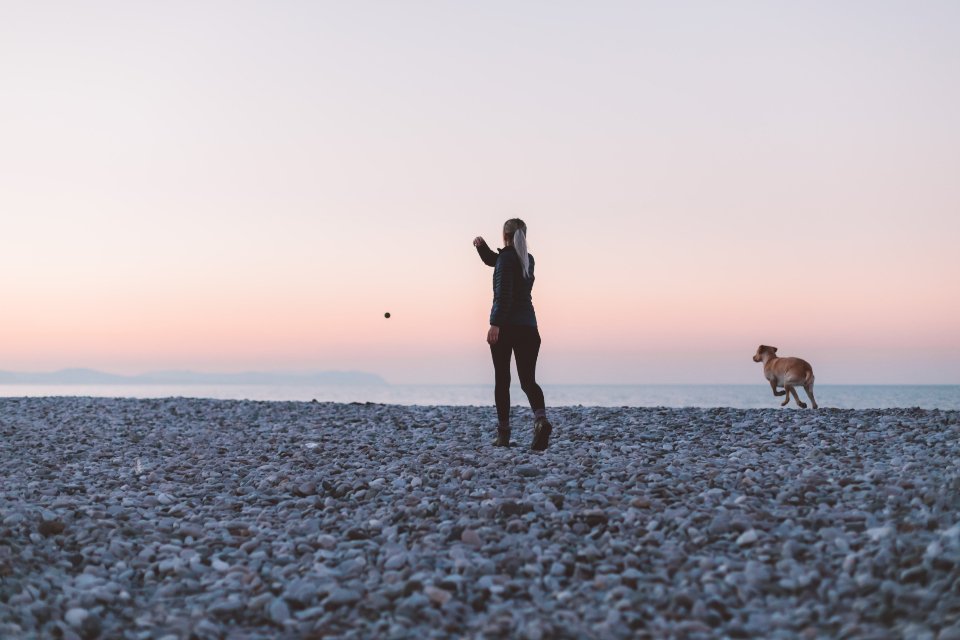Have you ever noticed your dog acting unusually nervous or even aggressive when you’re feeling anxious? The powerful connection between human emotions and canine behavior is both surprising and deeply moving. For dog lovers, understanding how your own anxiety can affect your furry friend’s emotions is not just fascinating—it’s essential for a happy, peaceful home. Let’s dive into the remarkable ways human anxiety can spark fear and aggression in dogs, and what you can do to nurture a calm, trusting bond.
The Unseen Bond: How Dogs Sense Human Emotions
Dogs are masters at reading body language and picking up on subtle human cues. Unlike many other animals, dogs are especially tuned in to our moods and behaviors. When a person feels anxious, their heartbeat may quicken, their voice might tremble, or their movements could become tense. Dogs notice these changes, even the ones we don’t notice ourselves. It’s almost like having a living, breathing emotion detector at your side. This deep sensitivity helps them survive and thrive as our companions, but it also means they can “catch” our anxiety like a cold.
The Science Behind Emotional Contagion

Recent studies have shown that dogs can experience a phenomenon called “emotional contagion,” where they mirror the emotions of their human caregivers. If you’re feeling on edge, your dog may begin to show signs of restlessness or nervousness too. Scientists have measured stress hormones, like cortisol, and found that anxious humans often have dogs with higher cortisol levels as well. This scientific evidence highlights that our stress doesn’t just stay with us—it travels straight to our dogs’ hearts.
Body Language: Dogs Read Us Like a Book
Imagine how a nervous human’s quick, jerky movements or anxious glances might look to a dog. Dogs rely heavily on visual signals, and they can quickly interpret tense body language as a sign of danger or uncertainty. When a dog sees their beloved person acting in a way that suggests fear or worry, they may respond with their own version of anxiety. Sometimes, this shows up as cowering or hiding, while other times it can lead to defensive growling or barking.
Vocal Cues: How Your Voice Affects Your Dog’s Mood
Our voices say more than just words; they convey our deepest emotions. Dogs are experts at picking up on tone, pitch, and volume. If you speak in a high-pitched, shaky, or harsh tone when you’re anxious, your dog may interpret this as a warning. Instead of feeling safe and secure, your dog might react with fear or even aggression, thinking there’s something to be worried about. Calm, gentle voices, on the other hand, help dogs relax and feel reassured.
Scent Signals: The Smell of Anxiety

Believe it or not, dogs can literally smell your fear. When humans are anxious, our bodies release specific pheromones and stress-related chemicals through our sweat and skin. With their incredible noses, dogs pick up these scents instantly. To a dog, the smell of anxiety can be a powerful clue that something is wrong. This can make them feel uneasy, and in some cases, it can trigger defensive or fearful behavior.
Routine Disruptions: How Anxiety Alters Daily Life

When people are anxious, routines often get disrupted. You might skip a daily walk, forget to play, or change feeding times. Dogs thrive on predictable routines, and any sudden change can make them feel insecure. If these disruptions are paired with your anxious behavior, your dog’s stress can quickly escalate. The confusion and lack of structure may push some dogs toward acting out with aggression or retreating in fear.
Protective Instincts: Dogs Reacting to Your Distress
Some dogs are fiercely loyal and protective. If they sense your anxiety, their instinct might be to protect you, especially if they think you’re threatened. This can lead to aggressive behaviors like barking, lunging, or even nipping at perceived threats, even if there’s nothing actually dangerous around. These protective responses are rooted in love but can become problematic if triggered by everyday anxieties.
Fearful Reactions: When Dogs Mirror Your Worry
Not all dogs respond to human anxiety with aggression—many simply become more fearful themselves. They may hide, tremble, or refuse to eat. These reactions are heartbreaking for dog lovers to witness. The more anxious you appear, the more your dog may withdraw or show signs of distress. It’s a sobering reminder of just how closely our emotional lives are intertwined with our pets.
Training Setbacks: Anxiety’s Impact on Learning
Training a dog requires patience, consistency, and a calm demeanor. When you’re anxious, it can be almost impossible to provide the stability and reassurance your dog needs to learn new behaviors. Dogs may become confused or frustrated if you’re inconsistent or easily startled. This can lead to setbacks in training, and in some cases, dogs may develop new fear-based or aggressive habits in response to your own tension.
Building a Calmer Relationship: Practical Tips for Dog Lovers

If you struggle with anxiety, there are steps you can take to protect your dog from its effects. Practicing mindfulness, deep breathing, or relaxation exercises can help soothe your nerves before interacting with your pet. Creating a predictable daily routine, using a gentle tone of voice, and offering lots of positive reinforcement can go a long way. If your dog is already showing signs of fear or aggression, consider reaching out to a professional trainer or animal behaviorist for support.
What will you do today to bring a little more calm and comfort to your dog’s world?

Esther is from India; the heartbeat of South Asia, holding a Master’s degree in Zoology and a postgraduate diploma in Animal Welfare. Her enthusiasm for animal welfare drives her passion and dedication to working for animals, ensuring their well-being, and advocating for their rights. With a solid academic background and hands-on experience, she is committed to making a positive impact in the field of animal welfare. In her free time, she enjoys embroidery and sewing. As a Chennaite from Tamil Nadu, Esther loves Bharathanatyam, an Indian classical dance form.





